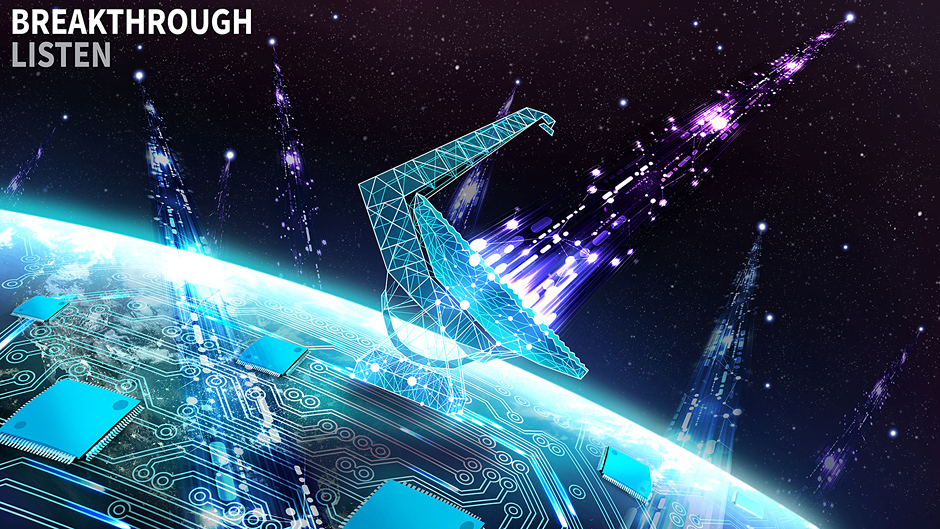To unravel the mysteries of the universe, the Search for Extraterrestrial Intelligence (Seti) Institute, led by its chief executive, Mr. Diamond, is harnessing the power of artificial intelligence (AI) to revolutionize the hunt for alien life. Through innovative collaborations and cutting-edge technology, Seti is pushing the boundaries of scientific exploration.
AI revolutionizing Extraterrestrial Intelligence
Seti’s partnership with the National Radio Astronomy Observatory in New Mexico marks a significant milestone in integrating AI into astronomical research. By deploying AI-powered software at the Very Large Array (VLA), Seti aims to process vast amounts of data, equivalent to two terabytes per second. This unprecedented capability enables the analysis of radio signals with enhanced precision, paving the way for detecting potential extraterrestrial communication.
Traditionally, Seti focused on narrowband signals akin to human transmissions. However, AI’s adeptness at handling massive datasets enables the exploration of wider bandwidths, opening new avenues for discovery. By scrutinizing millions of data snapshots over time, AI facilitates the identification of patterns amidst cosmic noise, thereby expanding the scope of Seti’s search parameters.
In collaboration with Breakthrough Listen, a groundbreaking initiative supported by substantial private sector funding, Seti embarks on a comprehensive survey of the cosmos. With a meticulous examination of a million stars and a hundred galaxies across diverse radio and optical frequencies, Breakthrough Listen aims to uncover evidence of technological civilizations beyond Earth’s confines.
Peter Ma, a member of the Breakthrough Listen project, spearheads the development of an AI system designed to discern authentic alien signals from terrestrial interference. Ma’s team successfully identifies potential extraterrestrial anomalies through rigorous simulation and training. Despite cautious optimism, further validation of these signals remains imperative to ascertain their authenticity.
Probing Mars and beyond with AI
Meanwhile, on our neighboring planet Mars, NASA’s Perseverance rover embarks on a groundbreaking mission to explore the Jezero Crater. Equipped with sophisticated instrumentation, including the Sherloc instrument capable of detecting organic compounds, the rover offers tantalizing glimpses into Mars’ geological history.
However, the interpretation of these findings remains complex. While organic compounds hint at the possibility of past life, non-biological processes could also account for their presence. Leveraging AI, researchers at the Carnegie Institution for Science pioneer a novel approach to analyzing rock samples for molecular biosignatures. With an impressive accuracy nearing 90%, AI proves instrumental in distinguishing between biogenic and abiogenic compounds, thereby advancing our understanding of Mars’s potential for harboring life.
As AI continues evolving and permeating scientific endeavors, the prospects of detecting extraterrestrial intelligence are increasingly promising. While the journey is fraught with challenges and uncertainties, the concerted efforts of organizations like Seti Institute and initiatives like Breakthrough Listen herald a new era of exploration.
Nevertheless, Mr. Diamond emphasizes that progress in the quest for alien life is measured not merely by results but by the scale of the endeavor itself. With each technological leap and every insight gleaned from AI-driven analysis, humanity edges closer to unlocking the secrets of the cosmos and discovering our place within it.





